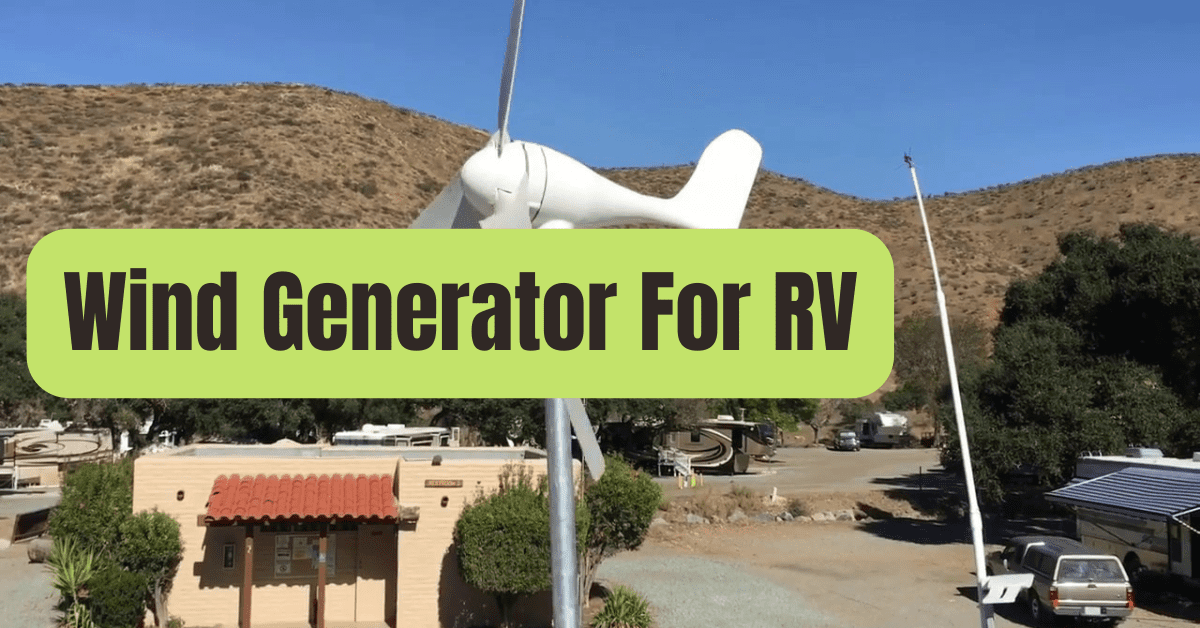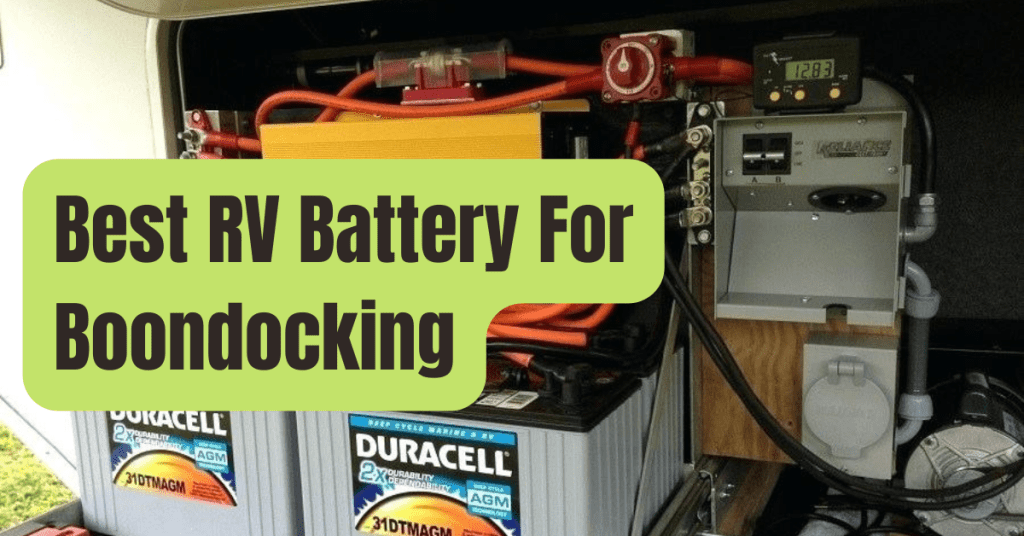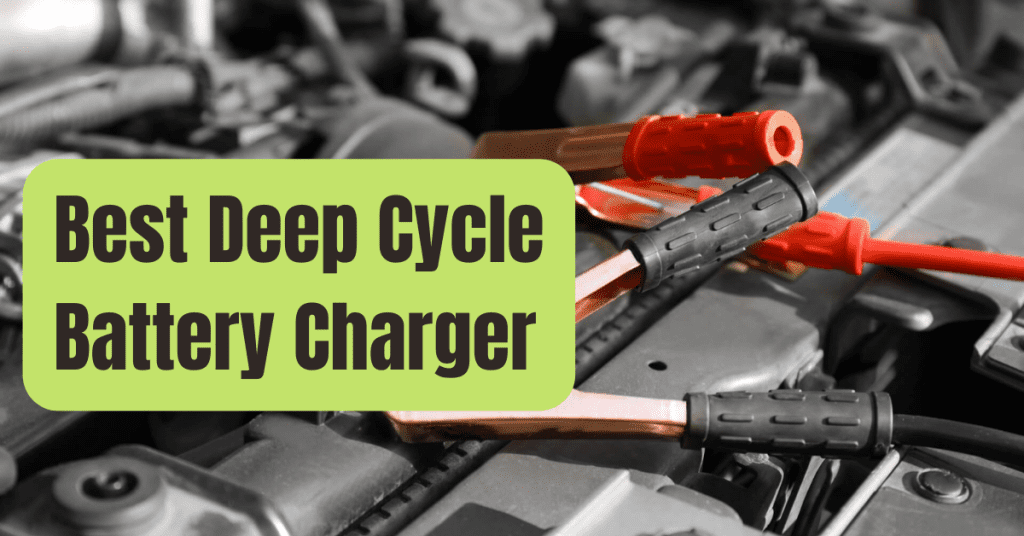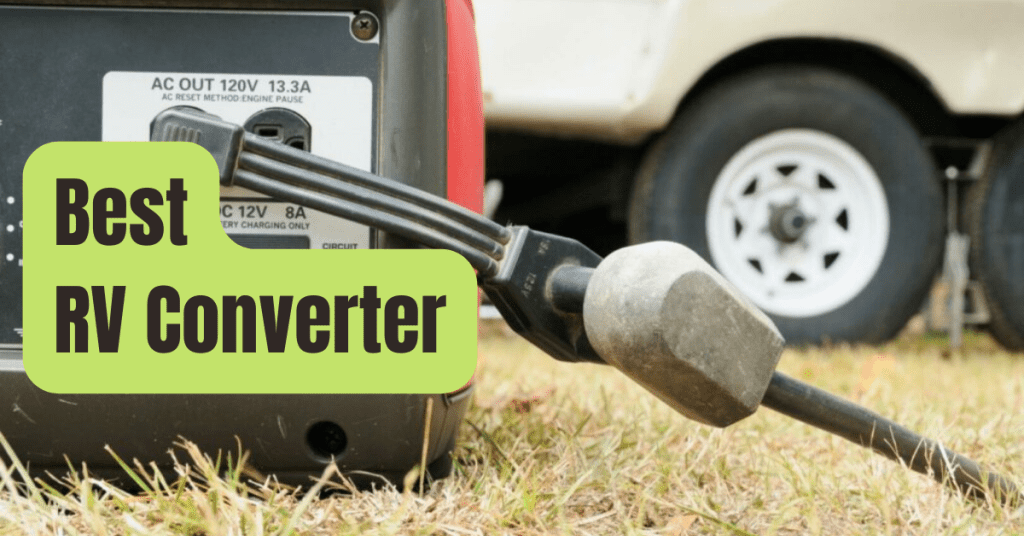Solar power systems for RVs are certainly familiar to you, but they aren’t the only option for environmentally aware RVers or those seeking off-grid electricity.
With advancements in technology, wind turbines for RVs have grown increasingly widespread in recent years.
So, if you’re thinking about adding one to your electrical system, what do you need to know – and can one truly power your whole RV? We’ll go through the fundamentals with you.
What Is An RV Wind Turbine, And How Does It Work?
An RV wind turbine is a portable windmill that generates energy by harnessing the force of the wind.
This energy may be used to power the electrical system of your RV, providing you with a long-term off-grid power source.
They’re usually installed on your RV’s roof, on a ladder, or on a freestanding pole.
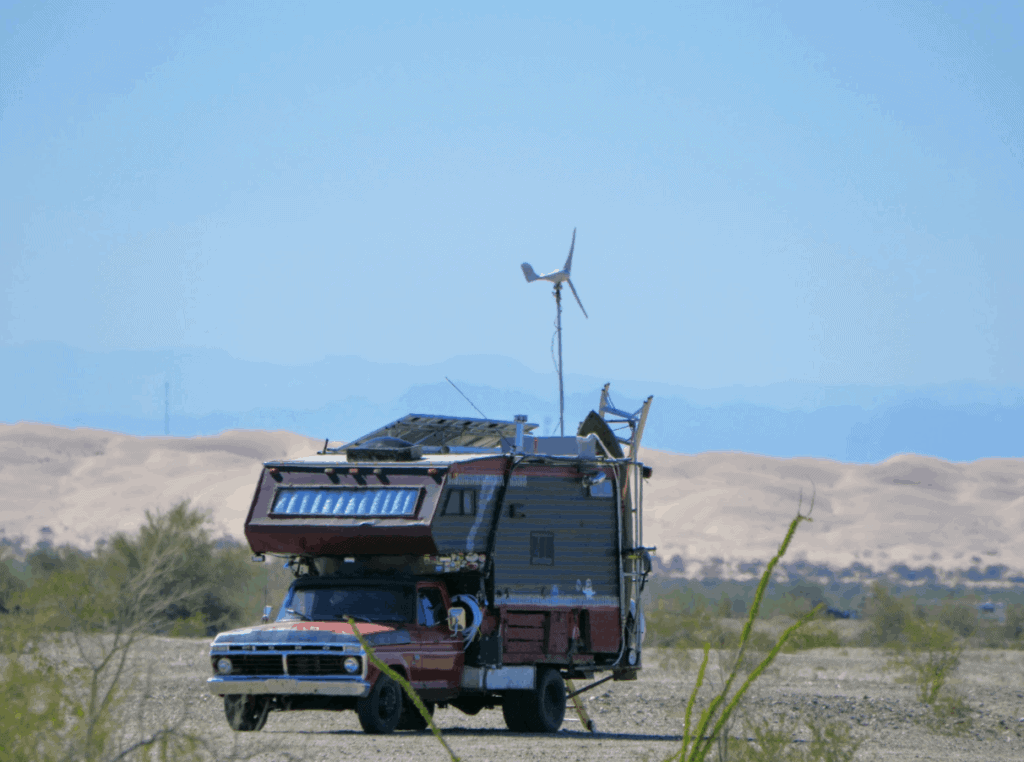
How Do Wind Turbines in RVs Work?
Wind turbines have enormous blades that rotate as the wind passes across them.
When these blades rotate, they absorb the kinetic energy of the wind and utilize it to power a generator.
At an output voltage of 12 or 24 volts, RV wind turbines generally produce a few hundred watts.
A 500-watt wind turbine’s power output profile is shown below.
As you can see, the more power the blades create, the quicker they spin.
To create the rated power of 500 watts, you’ll need a wind speed of 30 knots (34 mph).
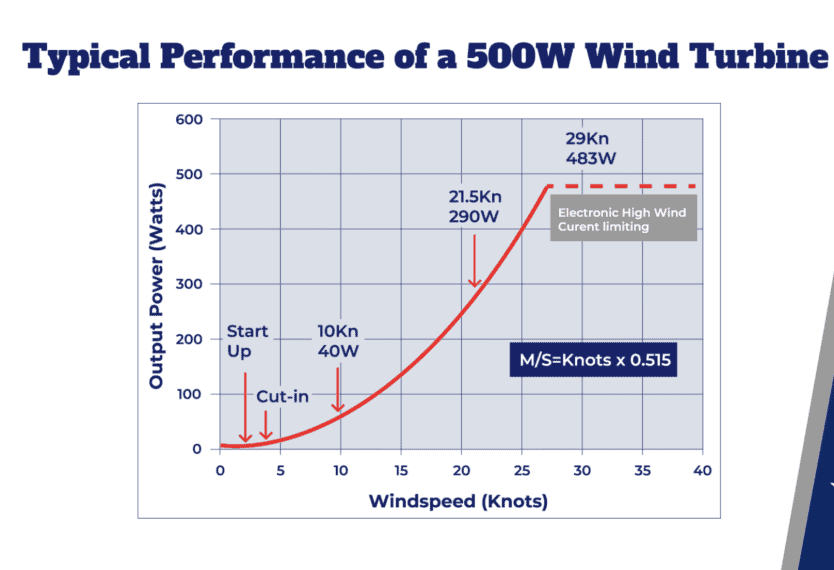
Is It Possible For A Wind Turbine To Power My RV?
Yes, however your success with an RV wind turbine is dependent on your electricity demands and the weather.
You’ll only get a quarter of the turbine’s capacity at lower wind speeds, which are already low for most people’s power demands.
Referring back to the graph above, a 10 knot (11 mph) wind produces just approximately 40 watts.
That’s barely 10% of the maximum capacity!
You’ll also want to link your wind turbine to a battery system to store the energy for when you need it, since wind turbines only create electricity when the wind is blowing.
You may be able to connect your turbine directly to your RV’s house batteries without using a charge controller in certain circumstances.
Many versions, however, incorporate one to safeguard your batteries and boost efficiency.
If you want to depend exclusively on your wind turbine, you’ll have to make some lifestyle adjustments to reduce your total power use.
Wind turbines are often used as a complement to other charging sources, such as solar.

Wind Turbines’ Disadvantages for RVs
For many RVers, harnessing sustainable energy wherever you are seems like a dream situation.
However, there are several disadvantages to employing an RV wind turbine.
#1. Setting Up and Dismantling
You can’t simply keep your turbine running all of the time, particularly if you’re driving.
As a result, every time you change camping places, you’ll have to spend time installing and dismantling your turbine.
This may not be a significant concern for folks who want to remain in the same spot for lengthy periods of time, but it will be difficult for regular travelers.
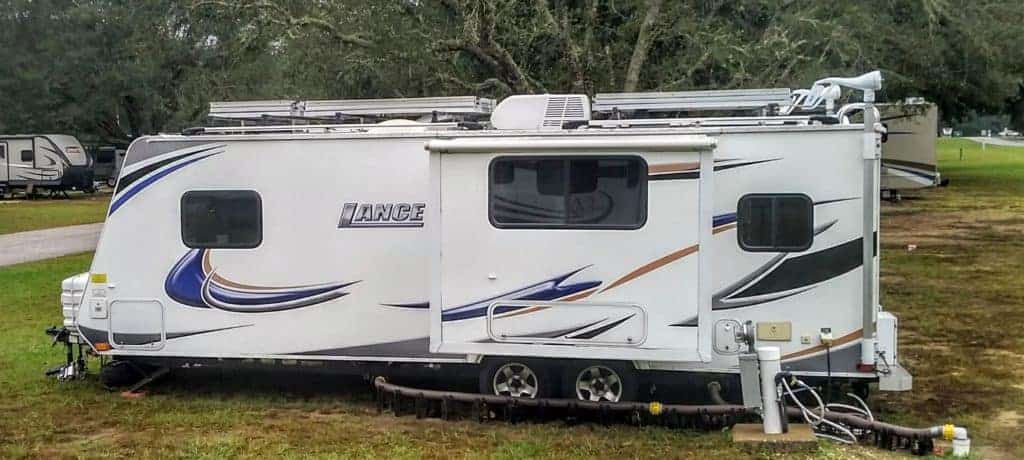
#2. To Work, Wind Is Necessary
The most apparent disadvantage of wind turbines is that they produce no electricity when there is no wind! Most wind turbines, like the one seen above, need winds of 20 mph or more to provide their maximum production.
Strong winds aren’t everyone’s idea of a good time while camping.
You’ll also want to make sure you’re setting up camp in a location where there are no huge objects, trees, or hills impeding the wind’s passage.
#3. It’s Possible That It’ll Be Harmed By Lightning.
Turbines perform best when they are raised high in the air, enabling them to have direct touch with the wind.
Raising them high up, on the other hand, makes your own personal RV lightning rod! Humans are vulnerable to lightning strikes, and your wind turbine equipment will surely be damaged or destroyed.
#4. They Don’t Generate As Much Energy As Other Alternatives.
Wind turbines, however, do not provide as much energy as alternative off-grid or green choices.
Even at maximum wind speeds, the quantity of energy generated would most likely be insufficient to meet all of your demands.
If you plan to utilize wind as your only source of energy for a lengthy period of time, keep this in mind.
#5. Overall, less efficient
Solar panels provide electricity even on foggy days.
Wind turbines, on the other hand, need a minimum wind speed to create any electricity.
This is referred to as “cut-in speed.” There is no energy production below the cut-in speed.
To create any considerable quantity of electricity, as we saw in the power profile example above, you need a very strong wind.
A “cut-out” or “cut-off” speed is also present in wind turbines.
This is the maximum wind speed at which your turbine will not be damaged.
Even if the wind speed is substantially higher, you will not create any more power.
Is It Possible To Use RV Wind Turbines With Solar Panels?
Yes, however it is contingent on the size of your wind turbine and solar power installation.
Some, but not all, turbines may be combined with solar panels to give more diversified power alternatives and increased total capacity.
Pre-assembled packages that combine solar and wind energy in one convenient package are also available.
Are RV Wind Turbines a Good Option for RV Power?
An RV wind turbine might be an excellent off-grid solution if you have minimal power consumption and like camping in breezy areas.
Wind turbines are ecologically benign, cost-effective, and can generate electricity 24 hours a day, 7 days a week under the correct wind conditions.
If you need to power a lot of appliances and gadgets, though, a solar power system could be a better option.
Conclusion
While the advantages of an RV wind turbine may not dazzle you, wind power systems do offer certain advantages.
Make sure you understand your power demands, camping style, and present electrical setup before purchasing one.
A well-chosen wind turbine may enable you transport your RV wherever the wind blows in the correct scenario!

